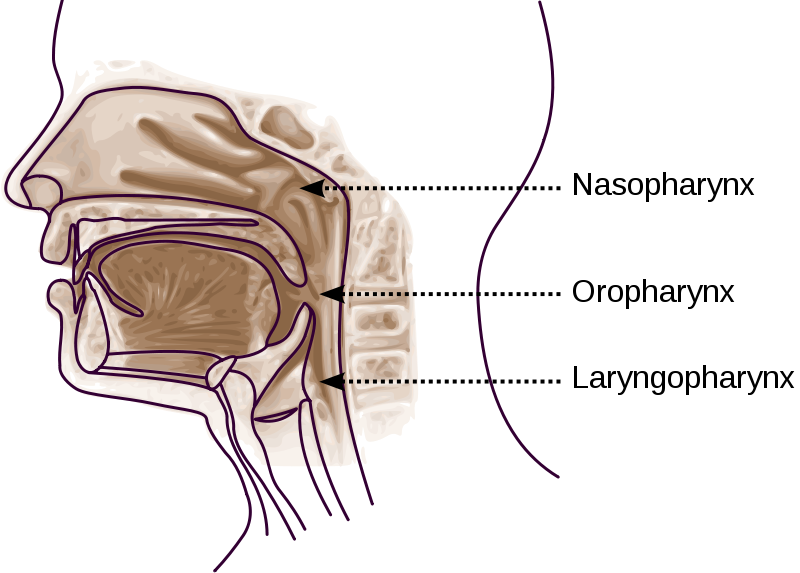-
 Central antihypertensive
Central antihypertensive
-
 Unsaturated polyester
Unsaturated polyester
-
 Merlot
Merlot
-
 Marine energy
Marine energy
-
 Ephemeris meridian
Ephemeris meridian
-
 Jurassic
Jurassic
-
 Oligomer
Oligomer
-
 Exophthalmus
Exophthalmus
-
 Waste-to-energy
Waste-to-energy
-
 Implement
Implement
-
 Blastocyst
Blastocyst
-
 Raid
Raid
-
 Septicaemic plague
Septicaemic plague
-
 The Darvaza gateway to hell
The Darvaza gateway to hell
-
 Progestogen
Progestogen
-
 ISP
ISP
-
 Laboratory rat
Laboratory rat
-
 CCITT No. 7
CCITT No. 7
-
 Pectineus
Pectineus
-
 Genetics
Genetics
-
 Peritoneum
Peritoneum
-
 Anthrax bacillus
Anthrax bacillus
-
 Solar panel
Solar panel
-
 M63
M63
-
 Magnitude and intensity
Magnitude and intensity
-
 Falconry
Falconry
-
 EPR paradox
EPR paradox
-
 Aberration
Aberration
-
 Constellation of Virgo
Constellation of Virgo
-
 Erenna
Erenna
Pharynx
The pharynx is a crossroads between the respiratory and digestive tracts.
Function of the pharynx
The pharynx is located at the back of the buccal cavity and is a muscular-membranous conduit involved in the digestive system, respiratory system, hearing and phonation.
The pharynx contains several muscles that provide the swallowing mechanism. The respiratory tract openings are obstructed temporarily to promote food passing from the mouth into the oesophagus and avoiding what is known as aspiration (swallowing the wrong way).
In addition to its digestive function, the pharynx has a respiratory role as it enables air to pass into the larynx.
The pharynx is also involved in phonation by changing the sounds produced in the larynx by the vocal cords. The opening of the Eustachian tube is also located in the pharynx and connected to the inner ear.
Structure of the pharynx
The pharynx can be sub-divided into three parts (from upper to lower) :
- nasopharynx;
- oropharynx;
- and laryngopharynx.
Each part has a respective opening into the nasal cavity, into the buccal cavity and to the larynx.
The pharynx is funnel shaped and narrows towards the oesophagus. It is approximately 13 centimetres long and its diameter varies: from 5 centimetres in the nasal position, 4 centimetres in the oral position and 2 centimetres in the laryngeal position.
The pharynx from the lumen outwards is composed of:
 The three parts of the pharynx: the nasopharynx, the oropharynx and the laryngopharynx. © Sémhur / Licence Creative Commons
The three parts of the pharynx: the nasopharynx, the oropharynx and the laryngopharynx. © Sémhur / Licence Creative Commons
Latest
Fill out my online form.



